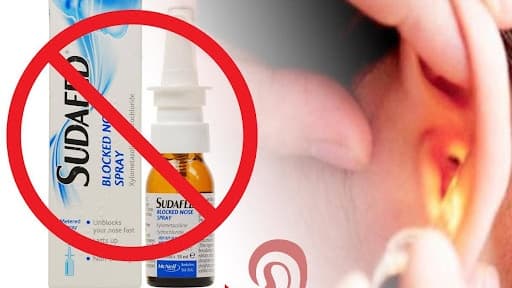Diabetic Foot Infection & Foot Ulcer Treatment [Updates 2024]
Diabetes is an escalating concern worldwide. With 40% of people in both Western and Eastern parts of the world being pre-diabetic, the likelihood of developing diabetes-related complications, such as foot ulcers, is increasing dramatically.
Approximately 6.5% of those with diabetes will develop a foot ulcer during their lives, emphasizing the need for effective management strategies. A diabetic foot ulcer, initially caused by diabetic peripheral neuropathy, starts with foot numbness.
Recognition of early signs is critical in preventing serious diabetes complications. These symptoms include redness, swelling, or warmth on the skin. Ignoring these initial warning signs can lead to serious infections and a higher risk of mortality comparable to severe cancers such as lung or pancreatic cancer.
Routine self-assessment using a mirror to inspect the bottoms of your feet is crucial. Detecting the early formation of calluses or corns can prevent ulcers from developing into severe stages.
Ensuring the usage of appropriate footwear and diabetic insoles aids substantially in ulcer prevention. Compression socks, which improve blood circulation, are also beneficial in managing foot health for diabetics.
In cases where ulcers do form, immediate medical intervention is necessary. Treatments include cleaning and dressing the wound to maintain optimal moisture levels, effectively preventing infections and promoting healing.
Advanced treatments such as skin grafts and growth factors are options for severe wounds not responding to standard care. Insurance often covers these cutting-edge therapies,
, providing expanded options for quicker recovery.
Diabetes and its complications, including foot ulcers, require immediate attention and care. Expediently addressing and managing any foot-related issues should remain a priority to curtail more severe damage requiring drastic interventions like amputation.
To learn more about managing diabetic ulcers and understanding extensive preventative strategies, explore resources like the 23 Simple Steps to Heal Your Diabetic Ulcers and consider reaching out to healthcare specialists, especially in locations providing home care services.
By proactively addressing potential diabetic symptoms and understanding the seriousness of foot ulcers, considerably enhancing recovery success rates and life quality becomes achievable. If you're seeking detailed guides on diet, exercises, and specifics about your condition, ample free resources are readily accessible.
From Around The Web
Wellness Inbox is a blog & weekly newsletter that curates trending news and products related to health and wellness from around the web. We also gather content from various sources, including leading health professionals, and deliver it directly to you.
Please note that we may receive compensation if you purchase any products featured in our newsletter. Wellness Inbox is not affiliated with, nor does it endorse, any health professionals whose content may appear in our newsletter. The information provided is for general informational purposes only and should not be considered medical advice.
The information provided is not intended to replace professional medical advice, diagnosis, or treatment. All content, including text, graphics, images, and information available is for general informational purposes only. We do not guarantee the accuracy or completeness of any information presented and assume no liability for any errors or omissions. The content is subject to change without notice. We encourage you to verify any information with other reliable sources and consult your physician regarding any medical conditions or treatments.







